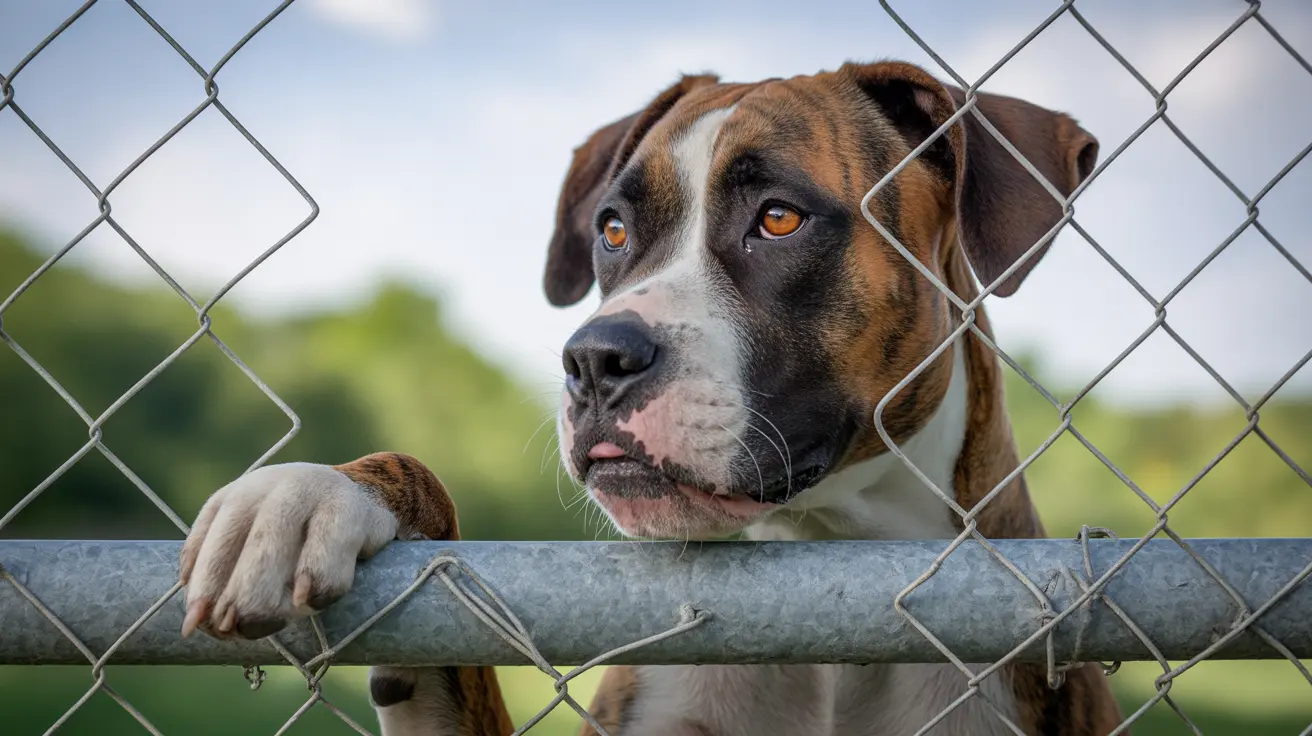Should You Remove Your Dog’s Knee Brace at Night?
When managing your dog’s cranial cruciate ligament (CCL) injury with a knee brace, knowing how and when to use the device is essential for optimal healing. While dog knee braces offer a valuable alternative or supplement to surgery, understanding their proper usage—especially whether to keep them on at night—can have a significant impact on recovery and comfort.
Understanding the Purpose of Dog Knee Braces
Dog knee braces are often prescribed in cases of partial or full CCL tears, which are functionally similar to ACL injuries in humans. These braces work to:
- Stabilize the knee joint and reduce excessive motion between the femur and tibia
- Control the “cranial drawer” motion, characteristic of CCL injuries
- Improve mobility and decrease pain
- Support scar tissue formation by reducing abnormal movement
Custom-made braces, particularly those featuring structural supports like aluminum splints, often provide better outcomes than soft, off-the-shelf models due to improved fit, support, and durability.
When to Use a Dog Knee Brace
Knee braces may be recommended when:
- The dog is not a good surgical candidate due to age, health, or cost
- Temporary support is needed before or after surgery
- The injury involves a partial tear, especially in smaller breeds
- Pain or joint instability due to arthritis or other orthopedic conditions is present
Braces can address unilateral or bilateral injuries and may also help prevent stress injuries in the unaffected leg during recovery.
Should the Brace Stay On Overnight?
In general, dog knee braces should be removed at night. Most veterinary professionals advise removing the brace for the following reasons:
- Comfort and rest: Sleep should be comfortable, and prolonged pressure from a brace can cause skin irritation.
- Skin health: Extended wear increases the risk of rub sores, moisture buildup, and related complications.
- Monitoring and adjustment: Removing the brace regularly allows owners or veterinarians to inspect the skin for signs of chafing, pressure sores, or misalignment.
- Wear schedule adherence: Bracing is most effective when used in accordance with a prescribed schedule, which typically includes gradually increasing wearing time during activity but removing the brace during periods of inactivity, such as sleep.
Tips for Safe Brace Usage
- Follow veterinary guidance: Always consult a veterinarian or veterinary rehabilitation professional to determine how long your dog should wear the brace each day and whether it can be worn overnight in specific cases.
- Ensure proper fit: Only well-fitted braces provide effective support. Custom bracing, based on limb molding or casting, is ideal.
- Check daily: Monitor for irritation, swelling, or changes in gait that might indicate discomfort or fit issues.
- Allow acclimation: Most dogs need time to get used to wearing a brace, starting with short wear periods and building up.
- Use during activity: Braces are most beneficial during walking, therapy, and other movement-heavy times.
When Might a Brace Stay On Overnight?
Certain cases may warrant overnight wear:
- Under veterinary direction, for dogs with significant instability
- For dogs recovering from surgery, if continuous stabilization is needed during early healing stages
- Dogs using dual leg braces who are unable to stand without them
Even in those situations, regular checks for skin health and overall comfort are crucial.
The Role of Compliance in Brace Success
Bracing success depends heavily on consistency, fit, and adherence to the usage schedule. Braces are not a substitute for surgery in cases of complete tears or joint instability but can significantly aid select patients in both palliative and rehabilitative care.
Conclusion
While dog knee braces are valuable tools for managing CCL injuries and joint instability, nighttime wear is generally discouraged unless advised by a veterinarian. Proper use—removing the brace during rest periods—helps prevent skin problems and increases the effectiveness of treatment. Always consult your vet when establishing a bracing routine to ensure the best results for your dog’s comfort and recovery.





